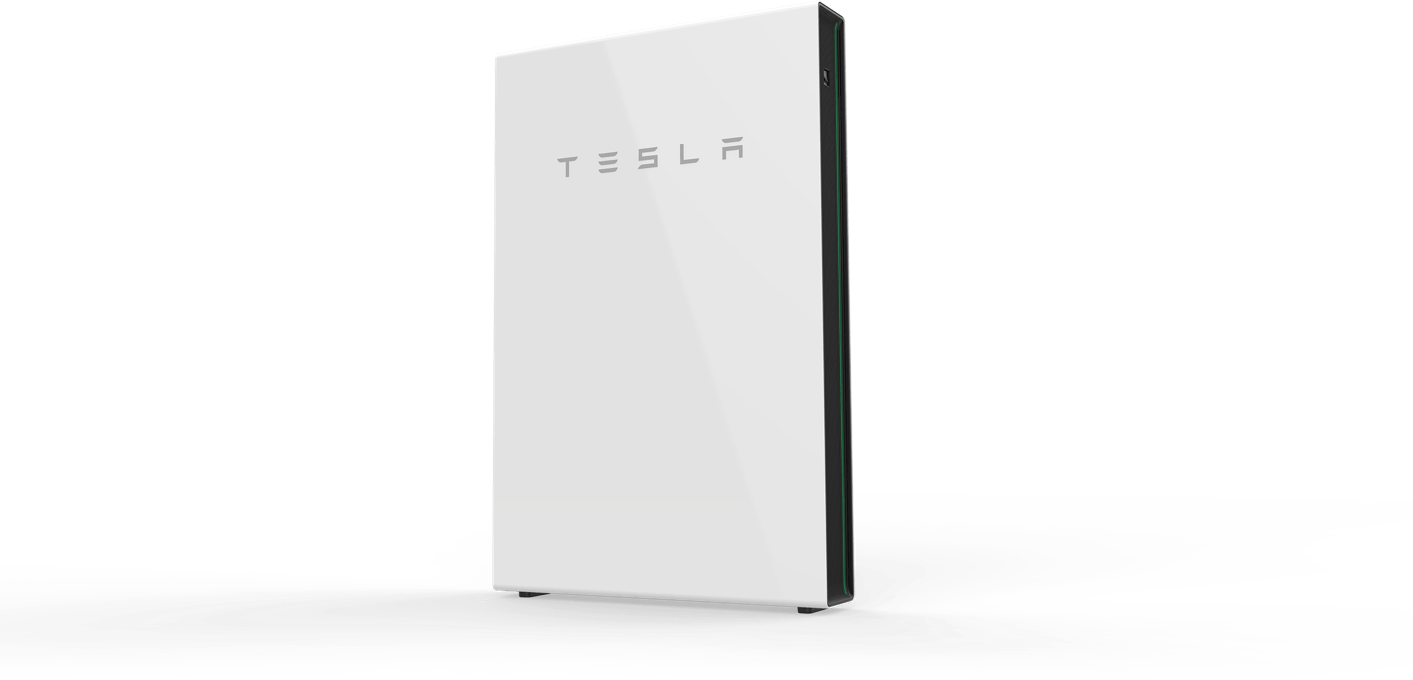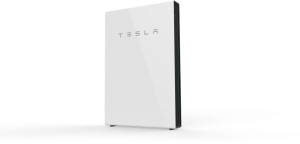I tested the Tesla Powerwall 3 – going off-grid feels good, but it’s a long-term investment rather than a quick fix
With all of the distractions impacting Tesla’s bottom line at the moment, it’s easy to forget that the Elon Musk dabbles in so much more than rocket ships and electric vehicles.
Before he took on his latest role as chief agitator, the CEO’s vision was one of a society that was free from the shackles of fossil fuels, one that could charge a vehicle from home and reduce its reliance on the grid by harnessing the power of the sun.
You may have missed it, but Tesla’s Powerwall technology, which is essentially a giant battery pack that can store energy for use at a later time, is now in its third generation, boasting a number of improvements over previous iterations and a brace of new, automated features.
By late 2024, Tesla had deployed over 750,000 Powerwall units globally, with almost 100,000 of those part of the company’s Virtual Power Plant (VPP) program, which aims to “borrow” energy from domestic Powerwalls and feed it back into the grid when demand is at its highest.
This is particularly important in regions where the grid is unstable and homes are faced with regular blackouts. Places like Puerto Rico, where Tesla has been investing heavily in its VPP program.
Read more: TechRadar




